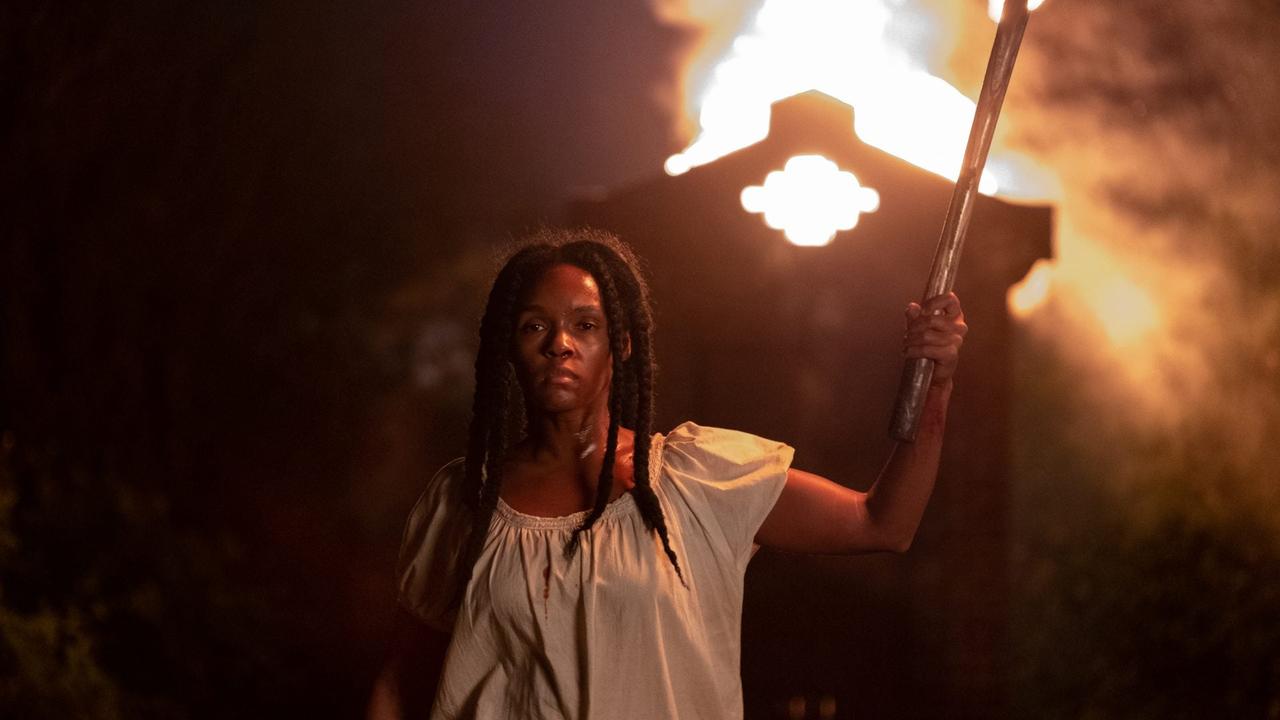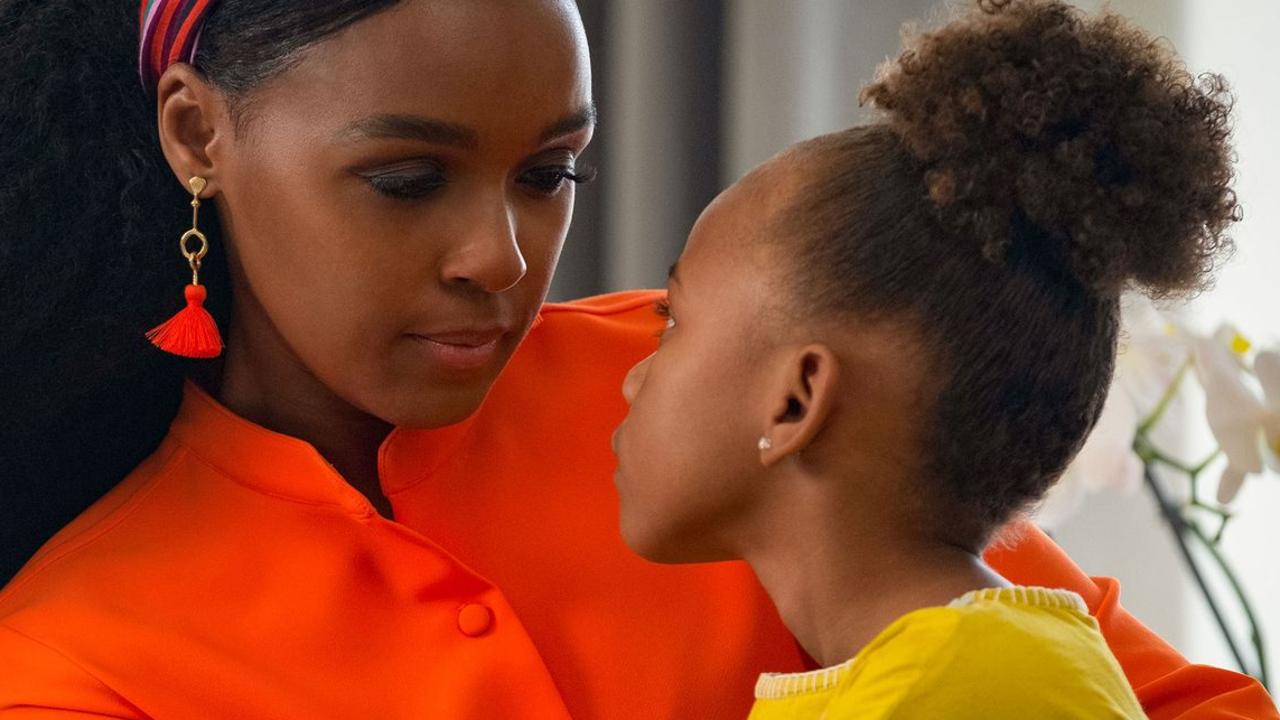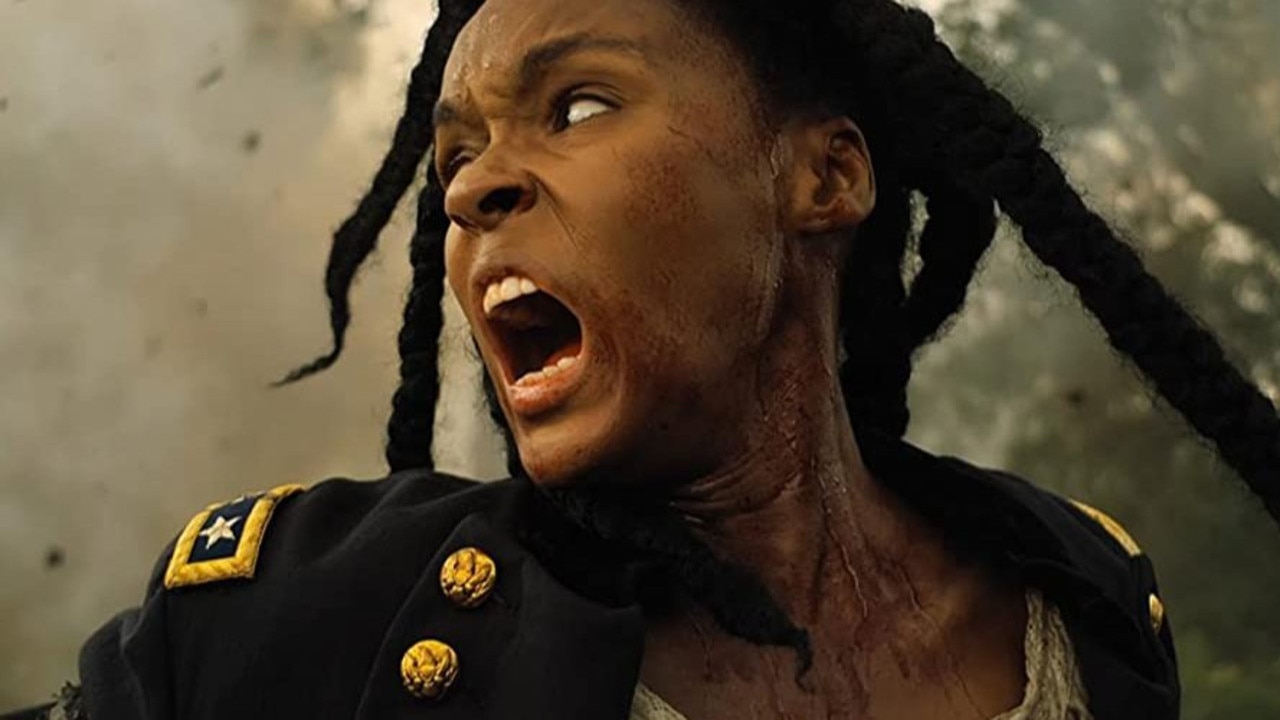Antebellum: Gratuitously violent horror movie misfires
It has lofty ambitions and a talented lead actor, but this movie’s bold ideas and good intentions sadly couldn’t save it from itself.
After the critical and commercial success of Get Out, filmmakers were keen to follow-up with their own efforts in confronting the legacy of American slavery through the lens of the horror genre.
Antebellum is one of those efforts.
But Antebellum is not Get Out. It’s not even close to Get Out.
Starring Janelle Monae, Kiersey Clemmons, Gabourey Sidibe, Jena Malone and Jack Huston, Antebellum is a gratuitously violent and ultimately shallow movie where its lofty ambitions are undone by clunky execution.
(We won’t spoil the movie, but we will from here on discuss story details revealed in the trailer, if you rather not know anything, this is the time to jump out.)
As seen in the trailer, Monae appears in two different contexts. One is as a modern American woman with a daughter, a successful career and a beautiful home, and the other is as an enslaved woman on a southern plantation.
We meet the enslaved woman first, near the end of a minutes-long slow-motion tracking shot that establishes the natural beauty of the environment (dappled sunlight, gorgeous fields) before revealing the contrasting human ugliness that is slavery.

RELATED: Get Out review
Eden (Monae) is enslaved on a plantation run by Confederate soldiers, led by a general referred to only as “Him” (Eric Lange). He brands Eden after an escape attempt that saw another enslaved woman lassoed and then shot dead. He also routinely rapes Eden at night.
The cruelty of the plantation is clear, embodied within the whip of Captain Jasper (Huston) and his sneering wife Elizabeth (Malone). It’s not just the physical violence, but the wretched dehumanisation in which even speaking without “permission” is met with a vicious strike.
There’s also Monae as Veronica Hanley, a highly educated writer with a photogenic family and well-appointed home who is invited to speak at a conference about black female empowerment.
That the two Monaes are connected is a certainty – how they’re connected is the “twist” revealed about two-thirds through Antebellum, but one which you’ll figure out well before that.
It’s not that the “twist” is disappointing, it’s that Antebellum is so oddly structured that it telegraphs its intentions, deflating any tension it may have built up.
You know something is wrong straight away – that would be the slavery part – so it never feels like there’s horror lurking beneath the surface. For a horror movie, it’s not very scary in the conventional sense.

RELATED: Jordan Peele reveals his fears
Of course, the actions of the slavers are horrific, grotesque and eat inside you like a bad stomach ulcer, but they’re also what any but the most ignorant of audience members would already know.
If you’re going to depict those things, if you’re going to use slavery as the crux of your film, you better be able to back it up with the emotionality that will ground such a story and give it significance. Especially when your enslaved characters aren’t able to use their voices.
Monae is very affecting but her character is too underwritten to connect with, while supporting ones are one-dimensional. Clemmons, in particular, is wasted in this movie.
It’s clearly not the intention of writers and directors Gerard Bush and Christopher Renz to be exploitative. They wanted to craft a film that exposed the lasting trauma of racism and slavery, connecting it to how pervasive that still is in America in 2020.

For Australians unaware of what the movie’s title represents, the antebellum south is used to describe the pre-Civil War era in the southern states of America.
It’s a term used to memorialise a cultural identity that was wrapped up in the prosperity gained off the backs of enslaved people. It’s a nostalgia for a time that was very good for the white landowners and their supporters – a life that was “ruined” by those pesky northerner abolitionists with their notions of freedom, equality and humanity.
Arguably, parts of the American south, those that cling still to the Confederate flag and statues of slavers, have never reconciled the loss of the Civil War, continuing to yearn for the time that was.
That’s what Bush and Renz wanted to talk about, and they even used the actual lens Victor Fleming used to film Gone With the Wind (a love letter to the antebellum south if there ever was one) wanting to invert the wrongs of that movie.
But good intentions don’t make a good movie, and Antebellum doesn’t have the thematic depth or sophistication to be one.
Rating: 2/5
Antebellum is in cinemas from Thursday, October 1
Share your movies and TV obsessions | @wenleima




